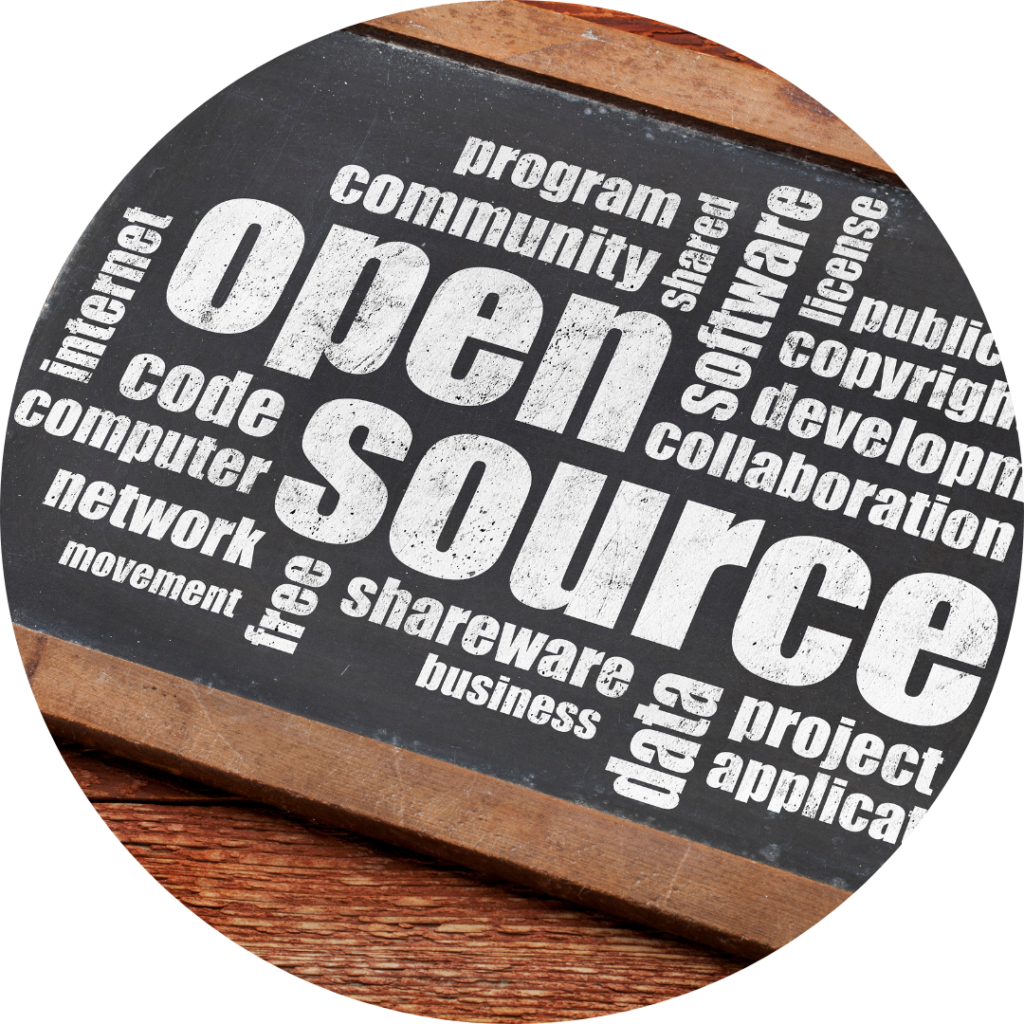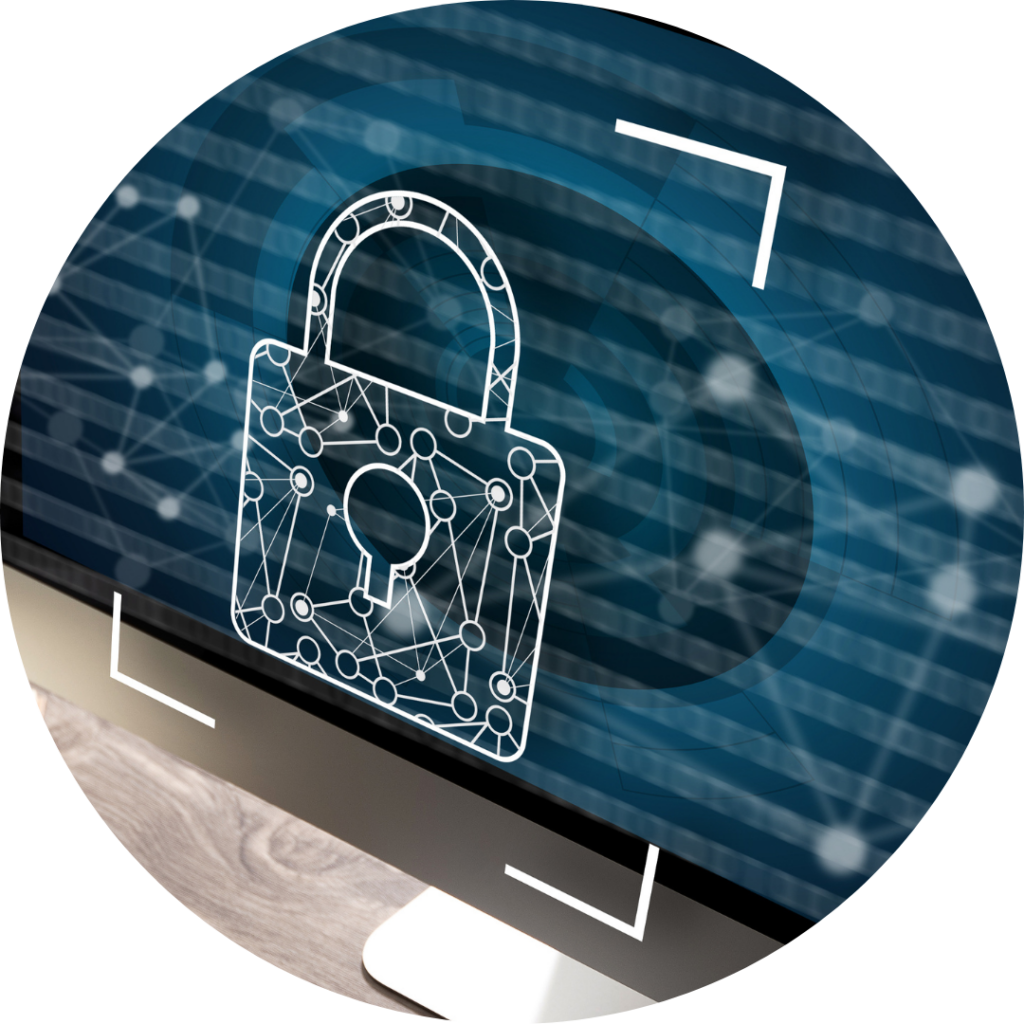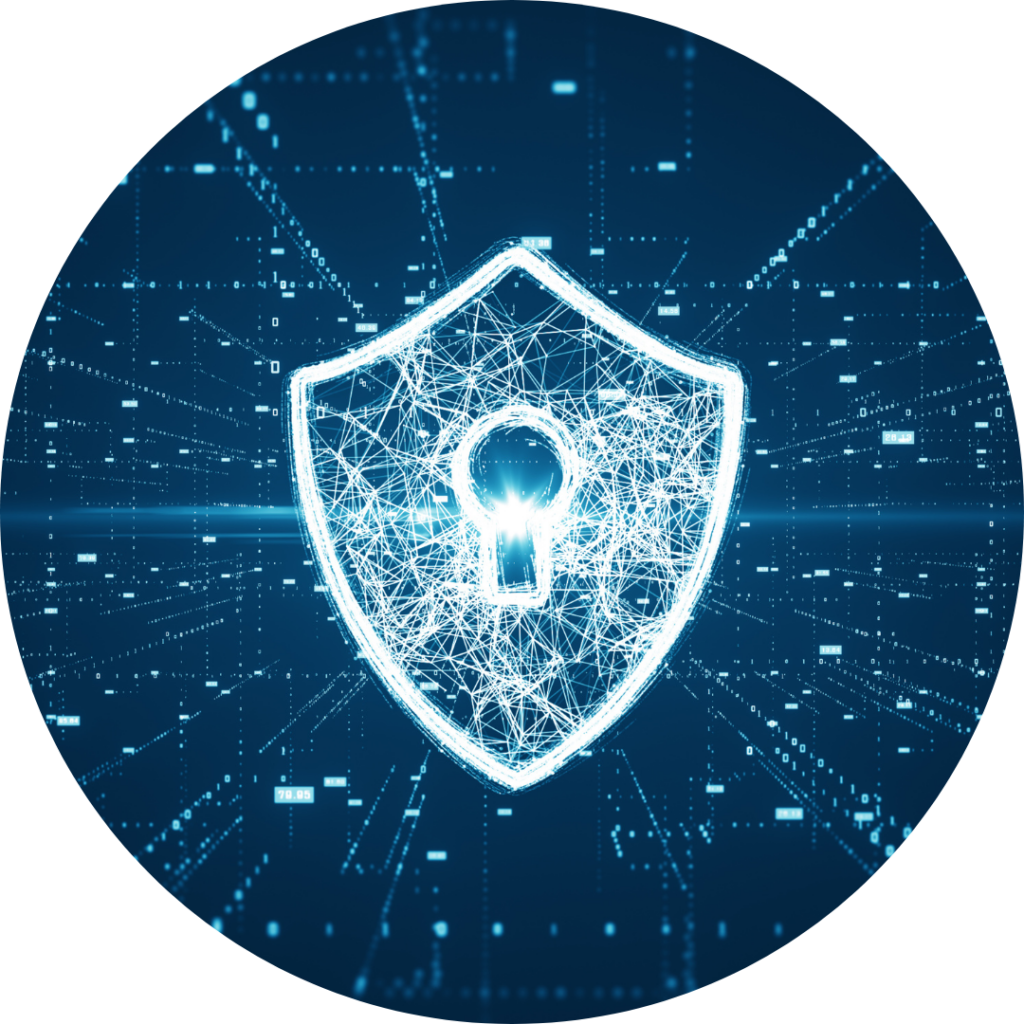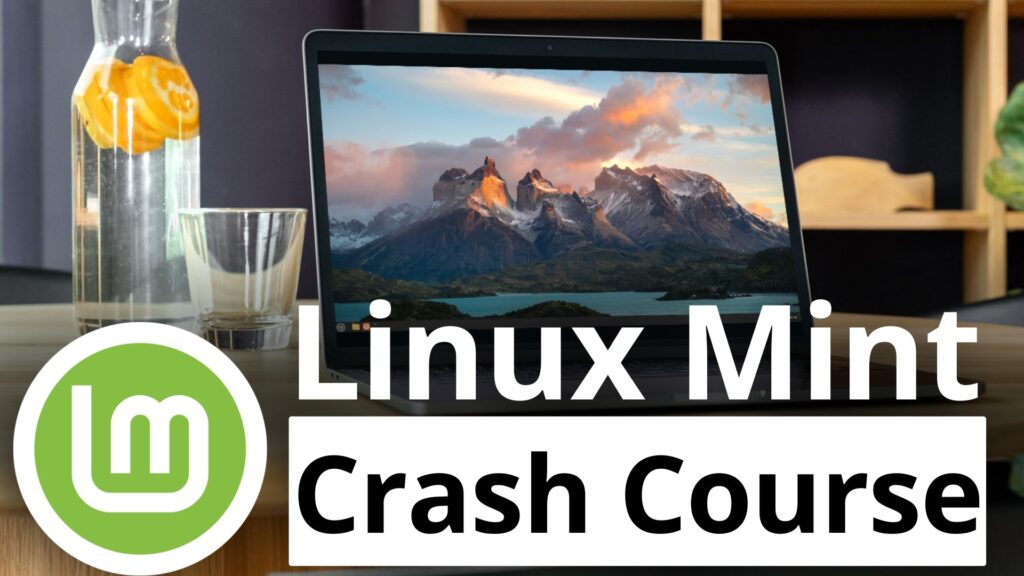Linux for beginners
Are you new to the Linux and Open Source world?
Then this page is just right for you!
Here we provide you with all the important information

Why you should Linux:

Freedom
Most Linux operating systems are, in contrast to most other operating systems such as Windows/Mac/iOS/… fully free: You can download them freely, pass them on and – if you want – customise them to suit your own requirements. There are no forced updates, functionality and there is no Pro version. This is unique.
Open Source
In contrast to most other conventional operating systems, you can look at every line of GNU/Linux code and understand how the system works. Many people do this every day, so you can trust your own system. You don’t believe us? No problem, see for yourself here and here.


Data Privacy
Many services and systems now use your private documents to train AI, for example. With GNU/Linux, your data belongs to you alone. The systems don’t phone home either. And you can verify that. Everything stays where it belongs: on your own machine.
Security
Thanks to an enormously large community with many well-known security experts, GNU/Linux has a sophisticated security concept that has been tried and tested for decades, but is still up to date. It is not for nothing that GNU/Linux is by far the leader in the web server sector, for example. This is one of the reasons why the Linux kernel is also used on most mobile phones, printers, cars, all top supercomputers and even on Mars.


Saving Resources
As many Linux systems have low hardware requirements and most of them also run well on older computers, such computers can be given a new lease of life. In addition to saving the planet’s resources, you will also be saving your wallet: the purchase of a new device can be postponed for a long time. Switching from Windows 10 to Linux works perfectly and is highly recommended.
Debunking Linux Myths
‘Linux is too difficult anyway – who always wants to use a terminal/console?’
That used to be the case many years ago. But now it is possible to use some GNU/Linux operating systems without any prior technical knowledge – without any white and black lettering, but with modern graphical user interfaces.
‘What’s free can’t be any good.’
Unfortunately, this is a big misconception – without free software, the entire Internet would not be as large, diverse and, above all, secure as it is today. E.g. we can do online banking! Isn’t that great? As a rule, free software is not written by profit-orientated companies, but by volunteers who, together with others, programme a good piece of software for the general public. But Linux has also become indispensable in the professional environment: billion-dollar companies such as SUSE, Canonical and RedHat are driving new technologies forward and offer professional support for their products, which they use to finance themselves.
‘Linux doesn’t run properly on many computers and doesn’t support my computer anyway.’
We would like to deny this, but we can only do so in part. Most machines/hardware parts that are older than one year are supported without exception. Exceptions are certain sound cards, proprietary navigation systems and fingerprint readers. Mac devices also work in principle, but can present some hurdles, which is why we advise against them, especially for beginners.
‘No clever software runs on Linux. And you don’t even need to start with games.’
For the time being: Linux is well suited to 95% of computer users. Nevertheless, there will probably be changes in the software sector. For example, if you can’t do without the Adobe Suite, switching to Linux will be difficult. In principle, however, pretty much everything is feasible under Linux. Many programmes run directly under Linux, for others there are good and mature alternatives for Linux:
- For MS Office, there’s Libre Office, MS Office Online, or Softmaker Office.
- For Adobe Photoshop, there are GIMP, Inkscape and Krita.
- For Outlook, there’s Thunderbird or Outlook Online.
- Other well-known programmes are also available for Linux, such as VLC, Firefox, Chrome, Edge: VLC, Firefox, Chrome, Edge, Spotify, Amazon Prime, Netflix, Zoom, Teams, Skype, Discord, Dropbox, TeamViewer, Steam, Blender, Audacity, Visual Studio Code, Jetbrains, Eclipse, Android Studio, Visual Studio Code, to name just the tip of the iceberg.
Many games such as EldenRing, GTA 5, The Witcher, Overwatch and Battlefield also run on Linux. But there are also AAA games that do not run. Cloud gaming, for example, works wonderfully on Linux. If you don’t want to do without your favourite game on Linux, we recommend installing Linux alongside Windows.
Also: Windows: Software that requires only moderate 3D performance or less runs without problems with the compatibility layer: Windows in a Box (VirtualBox)
‘Until my Linux is up and running and I can get to grips with it… It’s not worth the time.’
Getting started with Linux can take some time, especially if you have to struggle through the installation and setup alone. But let’s look at it as an investment: Linux saves you time in the long run. Linux Mint, for example, has a user-friendly design and is very similar to Windows 10 in terms of operation. The installation is usually self-explanatory and can be completed with just a few clicks. In the long term, using Linux will give you a better understanding of computer basics and full control over your data. You learn to solve problems on your own and are no longer dependent on expensive help. And if you do get stuck, many are out there which can help you here.
In the long term, e.g. Linux Mint is a stable system that runs like clockwork. This means less hassle with viruses and updates and more time for the really important things. Linux Mint is known for its reliability and longevity. Once set up, it often runs for years without any problems. So to summarise: The initial time investment in Linux is worth it! Not only will you gain knowledge and control, but you will also save a lot time and nerves in the long term.
The Linux Roadmap
For a successful and relaxed changeover, we recommend switching to Linux step by step. The following page describes our Linux roadmap. This will enable you and every company to make a sustainable switch to Linux.
Start today!
Install Linux yourself
We at Linux Guides recommend Linux Mint Cinnamon to every beginner. In our opinion, the system is easy to use and stable. If you want a more stylish, modern desktop, Ubuntu is also a good choice.
In this video you will learn everything you need as a Linux beginner in less than an hour!

Any help needed?
Do you have a challenge or a question about Linux? Get first-class support in our consultation hours for both private individuals and companies.
